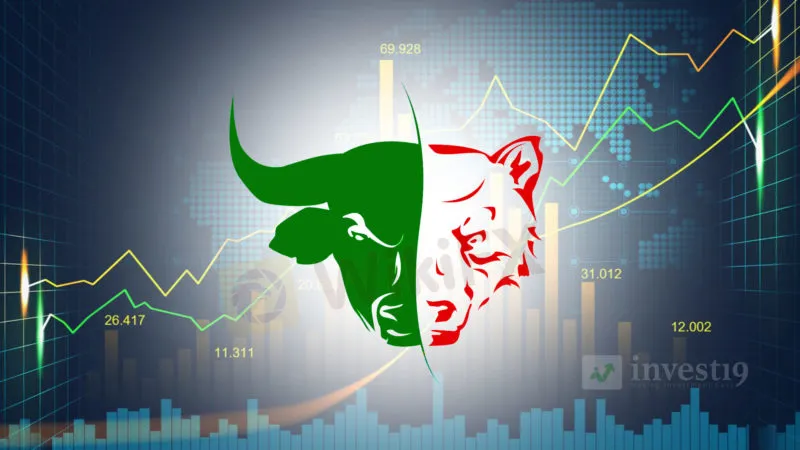简体中文
繁體中文
English
Pусский
日本語
ภาษาไทย
Tiếng Việt
Bahasa Indonesia
Español
हिन्दी
Filippiiniläinen
Français
Deutsch
Português
Türkçe
한국어
العربية
More Approach to Not Fail During Bear Market Pt.2
Abstract:Previously in part one, the article suggested two approaches to survive during bear markets. Those were dollar cost averaging and calibrated risk.

This article continues the second and the third part of the tricks to deal during the bear market. The third is diversifying but without disengaging. Here is the reason why.
During bear markets, the growth of stocks is extremely high than the stocks value. As a result, the lower-risk stocks generate long-term returns which are the same to those riskier ones. Some diversification into value or when portfolios fall in speculative stocks due to the bear market still is still able to pay dividends. Plus, it could act longer after the bear markets cool off. In a diversified portfolio cash has a significant role. Although it does not create more yield, the cash reserves buying power that could help create opportunities during bear markets.
However, it is not suggested to place more of your retirement account into cash during bear markets. This is because you will encounter difficult uncertainties like when and where you should redeploy it. Finally, you could also face diminished long-term returns. Planning market timing is indeed hard. Meanwhile, trying your luck in the market seems to put you in a poor condition.
Finally, the last trick is you should hedge and speculate with options. Based on the data only a few traders could finally make money. Meanwhile, the vast majority of retail investors face a lot that economists believe that they just do it for gambling. In this case, you could put options. In other words, it could be putting spreads. This is for those buying after the bear market. The function of it could lead to the use of a hedge long position.

Disclaimer:
The views in this article only represent the author's personal views, and do not constitute investment advice on this platform. This platform does not guarantee the accuracy, completeness and timeliness of the information in the article, and will not be liable for any loss caused by the use of or reliance on the information in the article.
Read more

What the Movie Margin Call Taught Traders About Risk and Timing
The 2011 film Margin Call offers a gripping portrayal of the early hours of the 2008 financial crisis, set within a Wall Street investment firm. While the film is a fictionalised account, its lessons resonate strongly with traders and finance professionals. For one trader, watching the film had a lasting impact, shaping how they approached risk, decision-making, and the harsh realities of the financial world.

Why More Traders Are Turning to Proprietary Firms for Success
Over the past decade, one particular avenue has gained significant popularity: proprietary trading, or prop trading. As more traders seek to maximize their earning potential while managing risk, many are turning to proprietary firms for the resources, capital, and opportunities they offer. In this article, we’ll explore why an increasing number of traders are choosing proprietary trading firms as their preferred platform for success.

Day Trading Guide: Key Considerations
How does day trading balance freedom and precision in fast-moving markets? Learn key strategies to navigate risks and seize intraday opportunities effectively.

What Determines Currency Prices?
The price of currency directly impacts investor returns. Understanding the underlying causes of currency fluctuations can help investors make more informed decisions in the foreign exchange market.
WikiFX Broker
Latest News
AI Fraud Awareness Campaign: "We're Not All F**ked"
Crypto.com Delists USDT and 9 Tokens to Comply with MiCA Regulations
How to Use Financial News for Forex Trading?
Fake ‘cyber fraud online complaint’ website Exposed!
Day Trading Guide: Key Considerations
GMO-Z com Securities Thailand to Cease Operations in 2025
Oil Prices at $90 to $100 Could Push Philippines Inflation Beyond Target
Do More Liquid Currencies Yield Higher Profits?
Trump Media Expands into Crypto with $250M Truth.Fi Investment
NAGA Launches CryptoX: Zero Fees, 24/7 Crypto Trading
Currency Calculator






